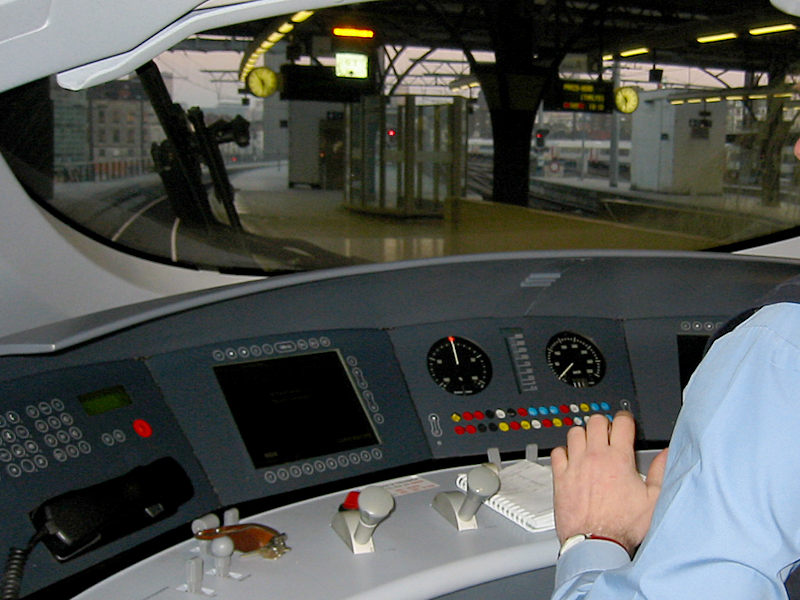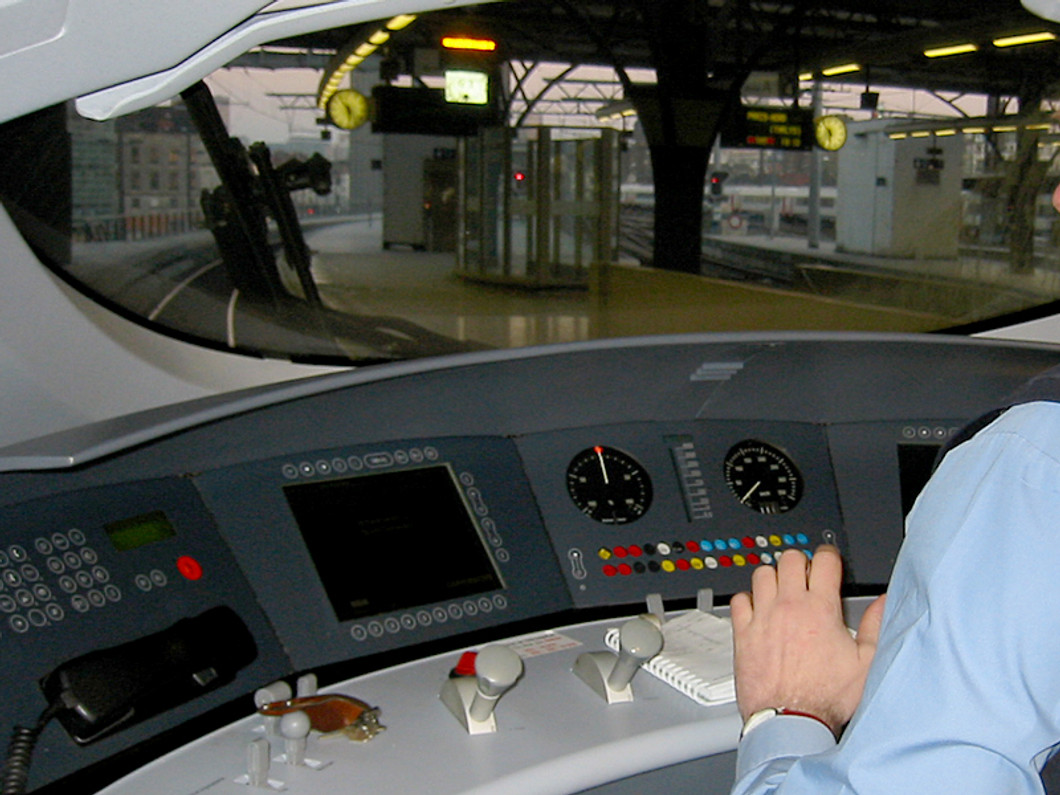Workplace Safety Tips to Ring in the New Year

With a new year upon us, there's no better time than the present to reevaluate the safety of your workplace. Each year, tens of thousands of workers are seriously injured on the job. While some of the injuries are minor, others are more severe and long-lasting. Thankfully, many of these incidents can be prevented. So if you're looking to create a safe environment in your workplace, follow these tips.
Encourage Injury Reporting
Unfortunately, just because an injury occurs in the workplace doesn't necessarily mean that it's reported. And when injuries go unreported, employers and safety officials aren't able to make the necessary changes to prevent future instances of the incident. This is why workers should be encouraged to report injuries and safety hazards.
Maintain Machines and Equipment
If your business uses machines and/or heavy equipment, you should maintain them according to the manufacturer's specifications and federal/state safety laws. Lockout tags, for instance, should be used when a worker performs maintenance on machines or heavy equipment. The purpose of these tags is to prevent the machine from operating while the worker is working on it.
Prevent Slip-and-Falls
We've talked about this before on our blog, but it's worth mentioning again that slip-and-falls are one of the most common types of work-related injuries. Injuries such as these are typically classified as either same level or elevated level. Same-level falls are more common, but elevated level falls are more severe. Employers should focus on preventing all types of falls, maintaining a clean floor and encouraging workers to clean spilled liquids in a timely manner.
Personal Protection Equipment
The Occupational Safety and Health Administration (OSHA) requires employers to provide their workers with the appropriate personal protection equipment (PPE). This requirement varies, however, depending on the industry and nature of worker's job. A construction worker, for instance, may need steel-toed boots, gloves and a hard hat, while a window-cleaning specialist may need a fall protection system. Keep in mind that it's the employer who's responsible for providing workers with PPE, not the worker.
Recent Posts
-
Fire Safety in the Workplace: What You Need to Know
What steps are you taking to prevent fires in your workplace? According to the U.S. Occupational Saf …Aug 23rd 2023 -
Is It Safe to Go Jogging With a Cold Infection?
If you're suffering from a cold infection, you might be wondering whether it's safe to go jogging. T …Aug 22nd 2023 -
5 Safety Tips to Follow When Using a Powder-Actuated Tool
Powder-actuated tools are commonly used to join materials to steel and concrete. Also known as Hilti …Aug 20th 2023




